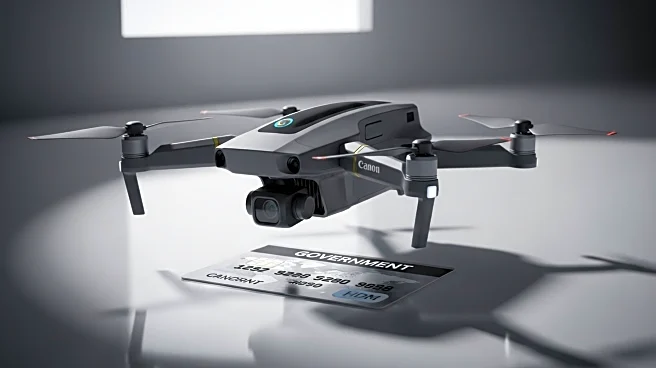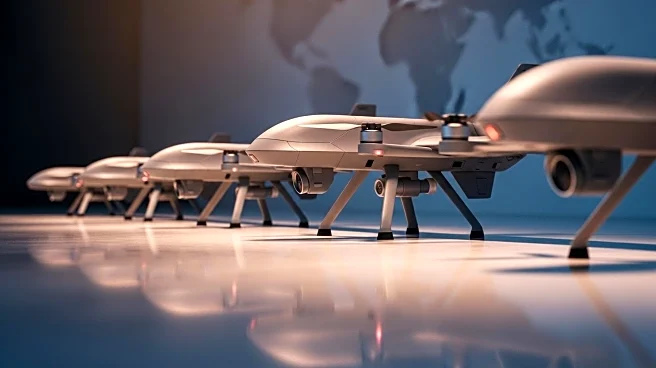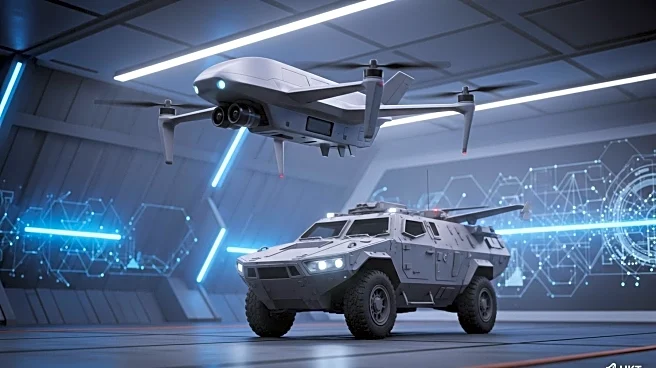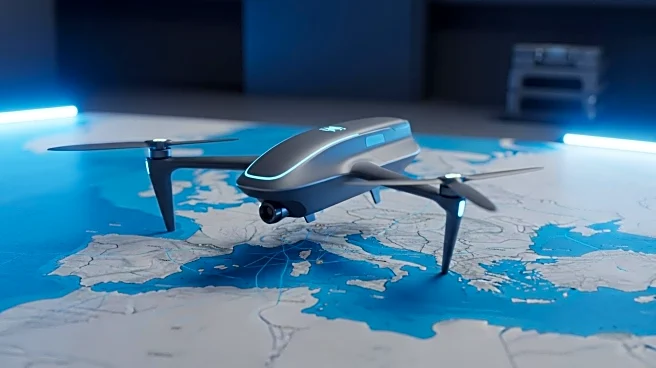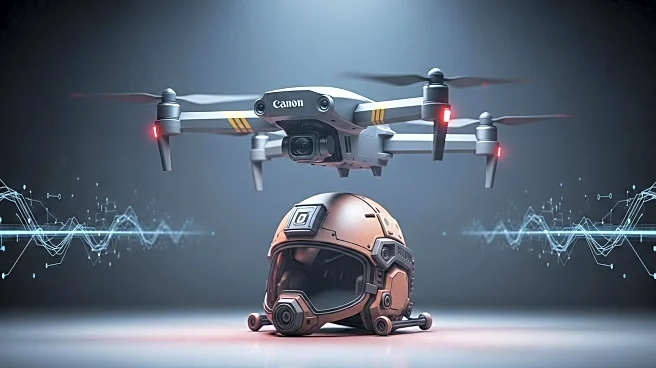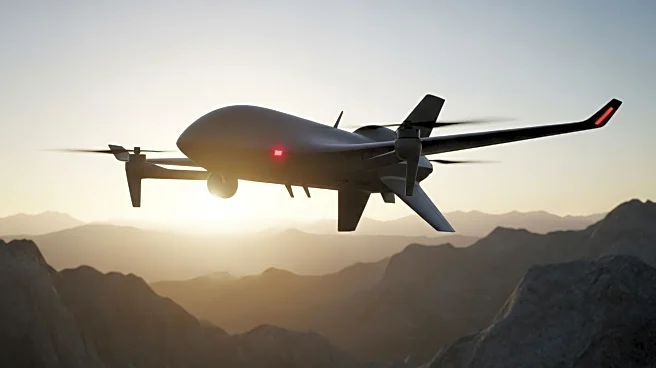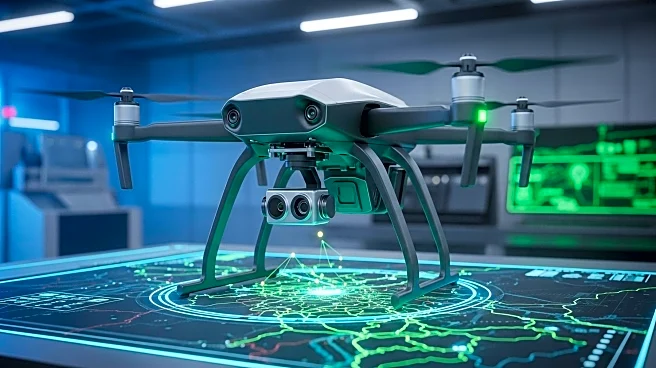What's Happening?
The U.S. Air Force is focusing on its Collaborative Combat Aircraft (CCA) Increment 1 program, which has spurred interest in new propulsion systems for unmanned platforms. Companies like General Atomics and Anduril are developing air vehicles with propulsion systems, such as the YFQ-42 and YFQ-44 platforms. The industry is keenly observing the outcomes of these developments to determine their operational capabilities. Rolls-Royce North America is actively involved in exploring the trade space of speed, cost, and mission capability to provide optimal propulsion solutions. The Air Force is simultaneously launching Increment 2, indicating a commitment to ongoing experimentation and development.
Why It's Important?
The development of new propulsion systems for unmanned platforms is crucial for the U.S. military's strategic capabilities. As the demand for lower-cost munitions and unmanned systems grows, the propulsion industry must innovate to meet these needs. The success of the CCA program could significantly impact the military's operational efficiency and effectiveness. Companies involved in these developments stand to gain from potential contracts and advancements in technology. The focus on balancing speed, cost, and capability highlights the complex decision-making involved in military procurement and development.
What's Next?
The U.S. Air Force's continued experimentation with the CCA program suggests further advancements in unmanned platform capabilities. As Increment 2 is launched, stakeholders will closely monitor the outcomes to assess the viability and effectiveness of new propulsion systems. The industry may see increased collaboration and competition as companies strive to meet the Air Force's evolving requirements. Future developments could lead to broader applications of these technologies in both military and civilian sectors.
Beyond the Headlines
The push for advanced propulsion systems in unmanned platforms reflects broader trends in military innovation and modernization. Ethical considerations regarding the use of unmanned systems in combat may arise, influencing public perception and policy decisions. Additionally, the technological advancements achieved through these programs could have spillover effects, benefiting other industries such as aerospace and defense.


